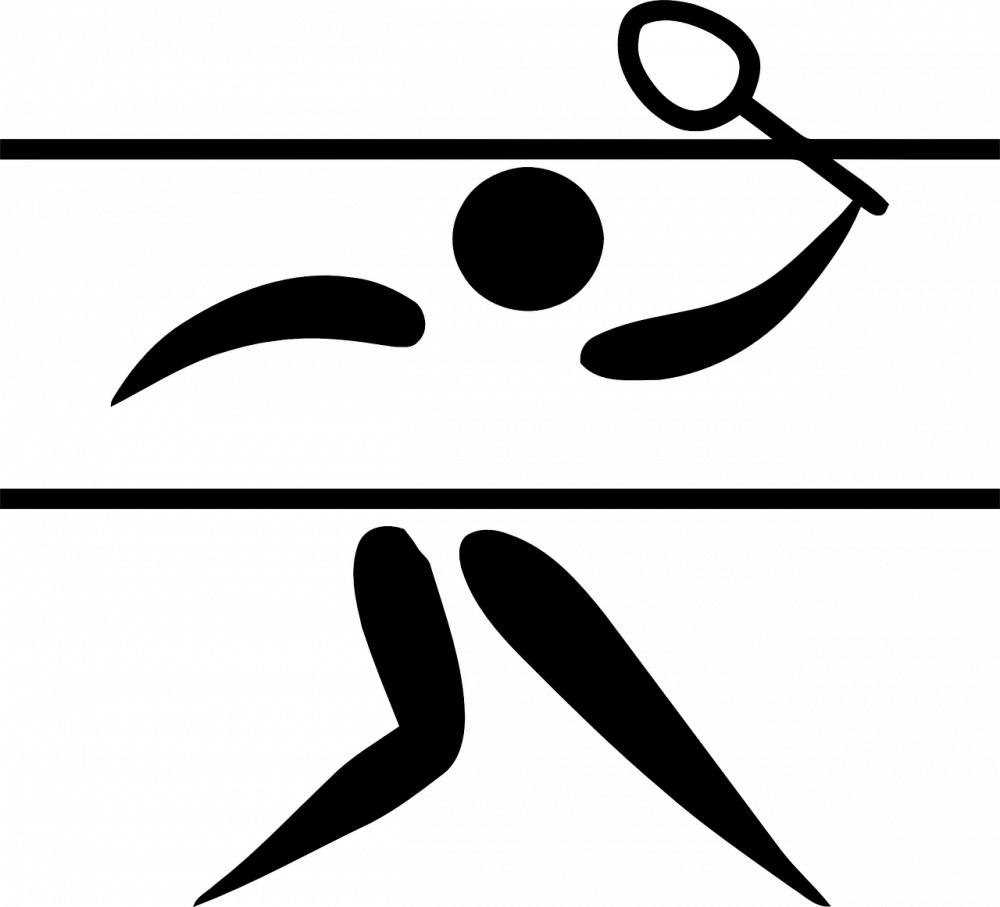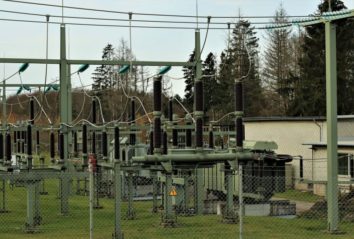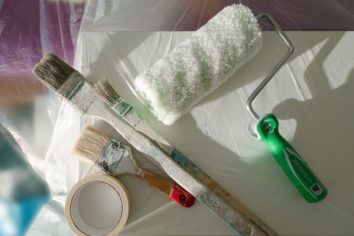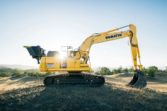Badminton Ball: A Comprehensive Guide

Introduction:
Badminton is a popular sport that requires skill, agility, and precision. Central to the game is the badminton ball, also known as a shuttlecock. In this article, we will provide an in-depth overview of the badminton ball, its different types, popularity, quantitative measurements, differences between various shuttlecocks, and a historical analysis of their advantages and disadvantages.
Overview of the Badminton Ball:

The badminton ball, or shuttlecock, is a cone-shaped projectile used in the game of badminton. It consists of a rounded base, also known as the skirt, made of feathers or synthetic materials, and a cork or rubber head. The feathers are typically obtained from geese or ducks, carefully selected for their properties and quality. Modern shuttlecocks also feature a synthetic skirt, offering an alternative to feather-based ones.
Types of Badminton Balls:
1.
Feather Shuttlecocks:
– Feather shuttlecocks are the traditional choice for professional badminton games and tournaments.
– They offer excellent flight stability, precise control, and are favored by experienced players.
– Feather shuttlecocks are more expensive compared to synthetic ones but are known for their high quality and performance.
2.
Synthetic Shuttlecocks:
– Synthetic shuttlecocks are made entirely from man-made materials.
– They are more durable and longer-lasting than feather shuttlecocks, resulting in cost-effectiveness for casual players.
– Synthetic shuttlecocks are ideal for recreational games, beginners, and training purposes.
Popularity of Badminton Balls:
As badminton gained popularity worldwide, the demand for badminton balls skyrocketed. Feather shuttlecocks remain the preferred choice for professional players due to their superior flight characteristics. Synthetic shuttlecocks are widely used in schools, community centers, and casual play. Nearly all badminton players, regardless of their skill level, use shuttlecocks during their practice sessions.
Quantitative Measurements:
The performance of a badminton ball can be quantified through various factors, such as feather density, flight speed, stability, and durability.
Feather Density:
– Feather density affects the shuttlecock’s overall weight and flight dynamics.
– A higher feather density provides stability and control during play.
Flight Speed:
– The speed at which a shuttlecock travels through the air depends on its construction and quality.
– Feather shuttlecocks are known for their ability to withstand higher speeds.
Stability:
– Stability refers to the shuttlecock’s ability to maintain a consistent flight path without significant wobbling.
– Feather shuttlecocks offer superior stability due to their natural properties.
Durability:
– The durability of a shuttlecock determines its lifespan and cost-effectiveness.
– Synthetic shuttlecocks generally last longer compared to feather shuttlecocks.
Differences between Badminton Balls:
Feather and synthetic shuttlecocks differ significantly in their performance characteristics.
Feather Shuttlecocks:
– Superior flight stability and control.
– Enhanced speed and accuracy.
– Suitable for professionals and advanced players.
Synthetic Shuttlecocks:
– Durable and cost-effective.
– Ideal for beginners, casual players, and training purposes.
– Slightly different flight characteristics compared to feather shuttlecocks.
Historical Analysis of Badminton Ball:
Throughout the history of badminton, different types of shuttlecocks have been used, each with its own advantages and disadvantages.
Feather Shuttlecocks:
– Offer excellent flight characteristics, control, and precision.
– Susceptible to wear and tear.
– Require regular maintenance and replacement.
Synthetic Shuttlecocks:
– Introduced as an alternative to feather shuttlecocks.
– Made from durable materials, resulting in longevity.
– Cost-effective and suitable for recreational play.
Conclusion:
The badminton ball, or shuttlecock, is an essential component of the game of badminton. Whether you use feather or synthetic shuttlecocks, understanding their characteristics and differences can enhance your gameplay experience. While feather shuttlecocks are preferred by professionals for their superior flight and control, synthetic shuttlecocks offer durability and affordability for beginners and recreational players. Selecting the right shuttlecock can ultimately make a significant difference in your overall performance.
FAQ
What is a badminton ball?
Which type of badminton ball is best for professional players?
Are synthetic shuttlecocks suitable for beginners?
Flere nyheter
Trafo 230V til 400V: Hva du trenger å vite
Introduction: Badminton is a popular sport that requires skill, agility, and precision. Central to the game is the badminton ball, also known as a shuttlecock. In this article, we will provide an in-depth overview of the badminton ball, its different...
09 desember 2025
Spinal stenos: Årsaker, symptomer og behandling
Introduction: Badminton is a popular sport that requires skill, agility, and precision. Central to the game is the badminton ball, also known as a shuttlecock. In this article, we will provide an in-depth overview of the badminton ball, its different...
07 desember 2025
Restaurering: Å ta vare på det gamle
Introduction: Badminton is a popular sport that requires skill, agility, and precision. Central to the game is the badminton ball, also known as a shuttlecock. In this article, we will provide an in-depth overview of the badminton ball, its different...
06 desember 2025
Elektriker offshore: Kompetanse, hverdag og muligheter
Introduction: Badminton is a popular sport that requires skill, agility, and precision. Central to the game is the badminton ball, also known as a shuttlecock. In this article, we will provide an in-depth overview of the badminton ball, its different...
05 desember 2025











